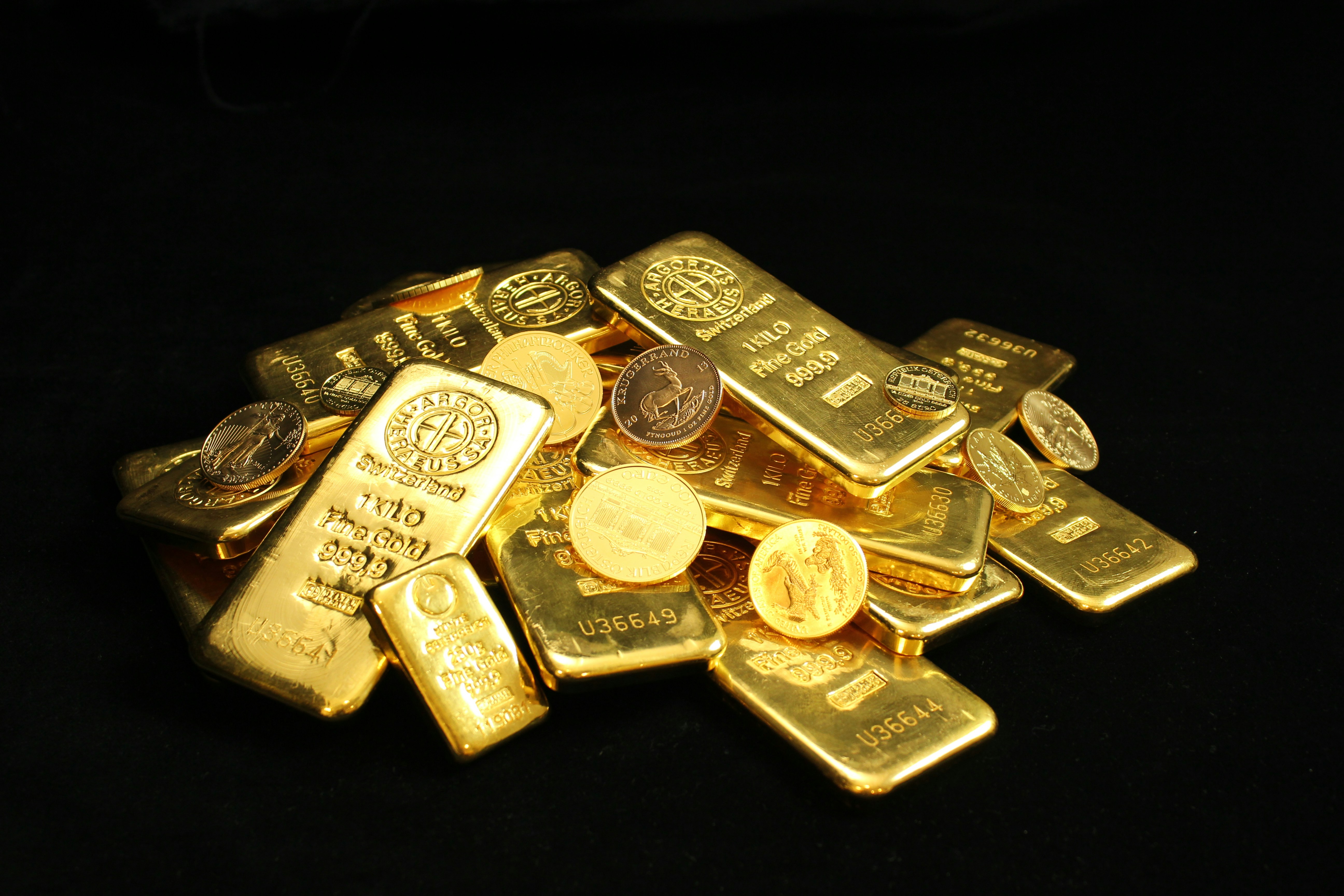Exploring 10 Potentially Valuable Coins You May Have
Coin collecting is more than just a hobby; it’s a fascinating journey through history and economics. For many, the allure of coin collecting lies in the potential of discovering a rare piece that could be worth a significant amount of money. Whether inherited from a family member or picked up from a flea market, coins can sometimes turn out to be valuable treasures. In this article, we will explore ten potentially valuable coins that you might have in your possession.

Coin collecting has fascinated people for centuries, and the thrill of discovering a valuable piece in everyday change remains as exciting today as ever. Whether inherited from family members or accumulated through years of casual collecting, many households contain coins that could be worth considerably more than their original denomination.
What Makes Coins Valuable to Collectors
Several factors contribute to a coin’s potential value beyond its face worth. Rarity plays a crucial role, with coins produced in limited quantities or those that survived in small numbers commanding higher prices. The coin’s condition, known as its grade, significantly impacts value, with uncirculated or proof coins typically worth more than heavily worn examples. Historical significance, minting errors, and metal content also influence a coin’s desirability among collectors.
Age alone does not guarantee value, as some modern coins can be worth more than centuries-old pieces. The key lies in understanding which specific years, mint marks, and varieties collectors actively seek.
Top Ten Valuable Coins Found in Collections
Among the most sought-after coins are the 1933 Double Eagle, valued for its rarity and legal complexities surrounding ownership. The 1916-D Mercury Dime stands out due to its low mintage from the Denver mint. Pre-1965 silver coins, including Washington quarters and Roosevelt dimes, contain 90% silver content, making them valuable for both collectors and precious metal investors.
The 1955 Doubled Die Lincoln Cent showcases how minting errors create collector interest, with the doubling visible on the date and lettering. Key date Morgan Silver Dollars, particularly those from 1893-S and 1895, represent some of the most valuable American coins. Walking Liberty Half Dollars from certain years, especially those in high grades, continue to attract collector attention.
British coins also hold significant value, with pre-decimal currency often worth more than face value. Florins, half-crowns, and crowns containing silver can be particularly valuable, especially those in excellent condition or from specific years with lower mintages.
Valuable Coins to Look Out For in Your Collection
When examining your coin collection, focus on specific characteristics that indicate potential value. Look for coins with unusual appearances, such as doubled lettering, off-centre strikes, or missing elements. These minting errors, while unintentional, create unique pieces highly prized by collectors.
Pay attention to mint marks, small letters indicating where coins were produced. Certain mint marks from specific years can significantly increase a coin’s value. For American coins, look for ‘D’ (Denver), ‘S’ (San Francisco), or ‘CC’ (Carson City) mint marks, particularly on older silver coins.
Silver coins merit special attention due to their precious metal content. Any coin dated 1964 or earlier in the United States likely contains silver, while British coins before 1947 contain silver content. Even worn examples retain value based on silver prices.
Recognizing Valuable Coins Through Proper Examination
Proper coin examination requires good lighting and magnification tools. A jeweller’s loupe or magnifying glass helps identify mint marks, dates, and potential errors that might not be visible to the naked eye. Handle coins carefully, preferably by their edges, to avoid damaging surfaces that could reduce value.
Document your findings systematically, noting dates, mint marks, and condition observations. Photograph both sides of potentially valuable coins for reference and future research. Online resources and coin collecting guides provide detailed information about specific varieties and their current market values.
Consider having questionable coins professionally graded if initial research suggests significant value. Professional grading services provide authentication and condition assessment, which can be crucial for high-value pieces.
| Coin Type | Estimated Value Range | Key Identification Features |
|---|---|---|
| 1916-D Mercury Dime | £800-£15,000 | ‘D’ mint mark, good condition |
| Pre-1965 Silver Quarters | £4-£50+ | 90% silver content, condition dependent |
| 1955 Doubled Die Penny | £1,000-£15,000+ | Visible doubling on date and text |
| Morgan Silver Dollars (key dates) | £50-£50,000+ | Specific years, mint marks |
| Walking Liberty Half Dollars | £10-£2,000+ | Silver content, condition, year |
Prices, rates, or cost estimates mentioned in this article are based on the latest available information but may change over time. Independent research is advised before making financial decisions.
Professional Evaluation and Authentication Services
When you suspect owning valuable coins, professional evaluation becomes essential. Reputable coin dealers, certified appraisers, and grading services provide expert opinions on authenticity and value. Major grading companies like PCGS and NGC offer authentication services, though fees apply based on coin value and service level.
Local coin shops often provide preliminary assessments and can guide you toward appropriate professional services if needed. Many experienced dealers can quickly identify common valuable coins and provide rough value estimates during initial consultations.
Remember that professional grading costs money, so reserve this service for coins with substantial potential value. Research market values beforehand to ensure grading fees don’t exceed potential returns.
Discovering valuable coins in your collection combines knowledge, careful observation, and sometimes a bit of luck. While not every old coin holds significant value, understanding what to look for increases your chances of identifying those special pieces that collectors eagerly seek. Regular examination of your collection, combined with ongoing education about coin values and market trends, helps ensure you don’t overlook potential treasures hiding among everyday coins.




